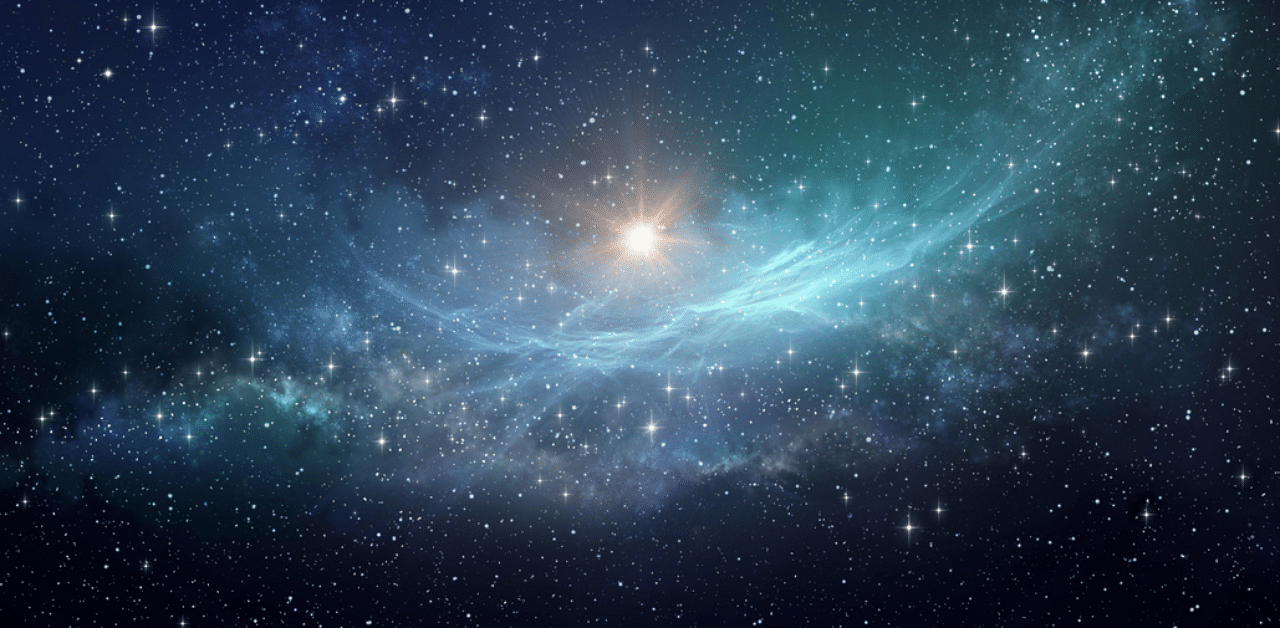
Using India's very own space observatory Astrosat, a bunch of Indian researchers in collaboration with their partners from the USA, Europe and Japan on Monday reported spotting the signatures of one of the first galaxies that were born when the universe was only one-third of its age.
The discovery opens up a new window to look at the universe at a time when light came into being after the Cosmic Dark Age.
The astronomers detected extreme-ultraviolet light from a galaxy named AUDFs01 located at a distance of 9.3 billion light years away from Earth.
It was found in an area called Hubble Extreme Deep field, a small region of space housing thousands of galaxies born very early in the universe. Some of the youngest galaxies seen in the region are more than 13 billion years old. For comparison, the universe’s current age is 13.7 billion years.
The galaxy, observed by the Astrosat with a special UV telescope for 28 hours, was formed when the universe was just about four billion years old.
The IUCAA scientists, in collaboration with researchers from Switzerland, France, the US, Japan and The Netherlands, analysed the data over the next two years to find out new information on the baby universe.
“We found the signatures of the formation of a very young galaxy. It belongs to an era when the universe was growing rapidly and stars were being formed. The discovery can shed light on what is known as the reionisation period that came after the Cosmic Dark Age,” Kanak Saha, a senior scientist at the Inter-University Centre for Astronomy and Astrophysics, Pune, and lead author of the study told DH.
After the Big Bang, the universe was a hot soup of particles (protons, neutrons, and electrons). As it started to cool, the protons and neutrons began combining into ionised atoms of hydrogen (and eventually some helium).
Such ionised atoms of hydrogen and helium attracted electrons, turning them into neutral atoms, which allowed light to travel freely for the first time since this light was no longer scattering off free electrons. The universe was no longer opaque!
But there were no stars, and no galaxies, and the universe was dark. A few hundred million years after the Big Bang, the cosmic dark ages ended when the first stars and galaxies formed and the energy pouring out from them ionised the hydrogen and helium, splitting the atoms back again in protons and electrons — the epoch of reionisation. The epoch is a watershed event linked to structure (stars and galaxies) formation in the universe.
"This is a very important clue to how the dark ages of the universe ended and there was light in the universe. We need to know when this started, but it has been very hard to find the earliest sources of light," said Somak Raychaudhury, director, IUCAA.
The scientists for the first time also captured short-wavelength photons from a star formation process, which was elusive in all these years. “This would help improve theories on massive star formation about which nobody has a clue,” added Saha.
The findings have been published in Nature Astronomy.
